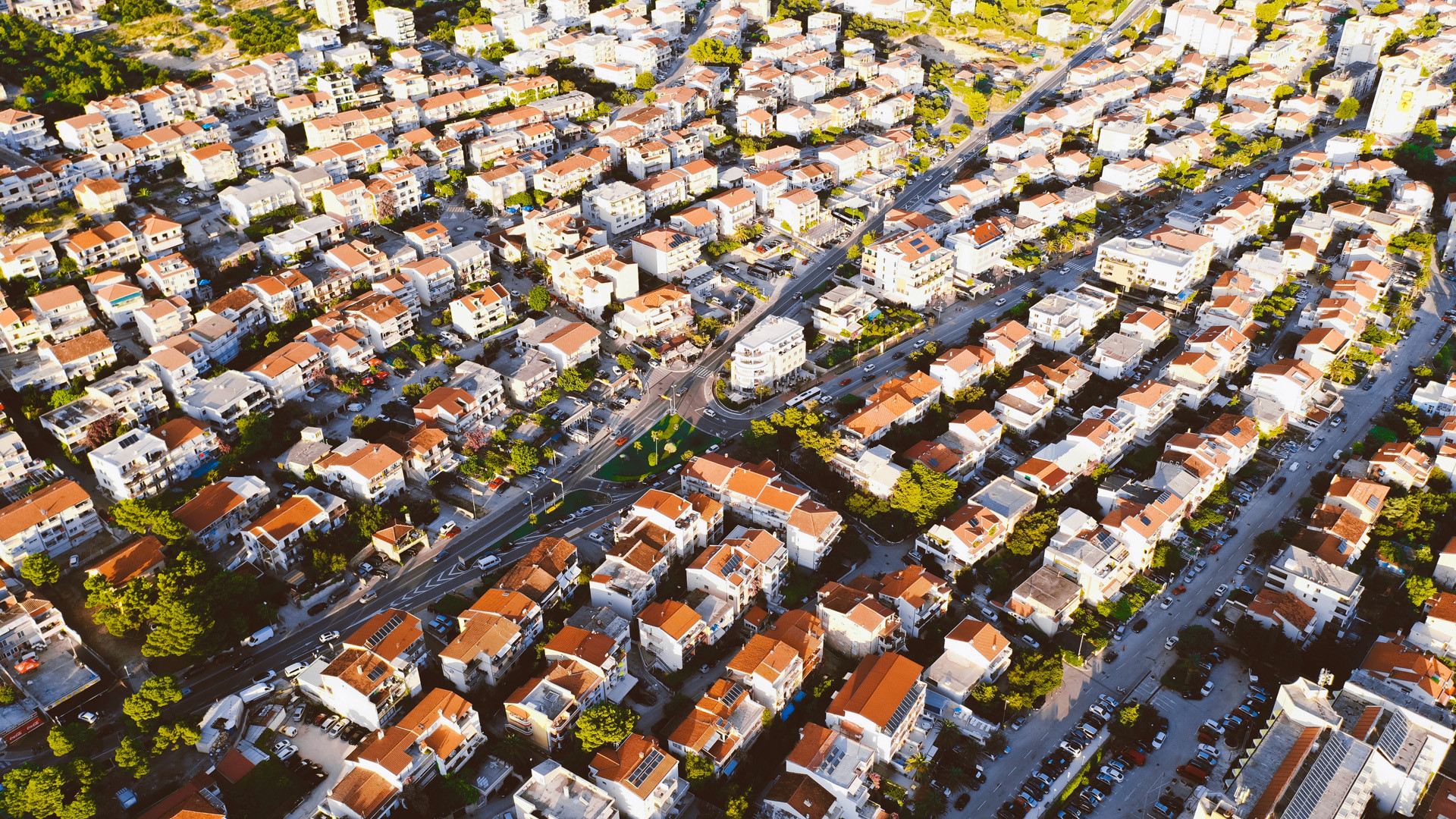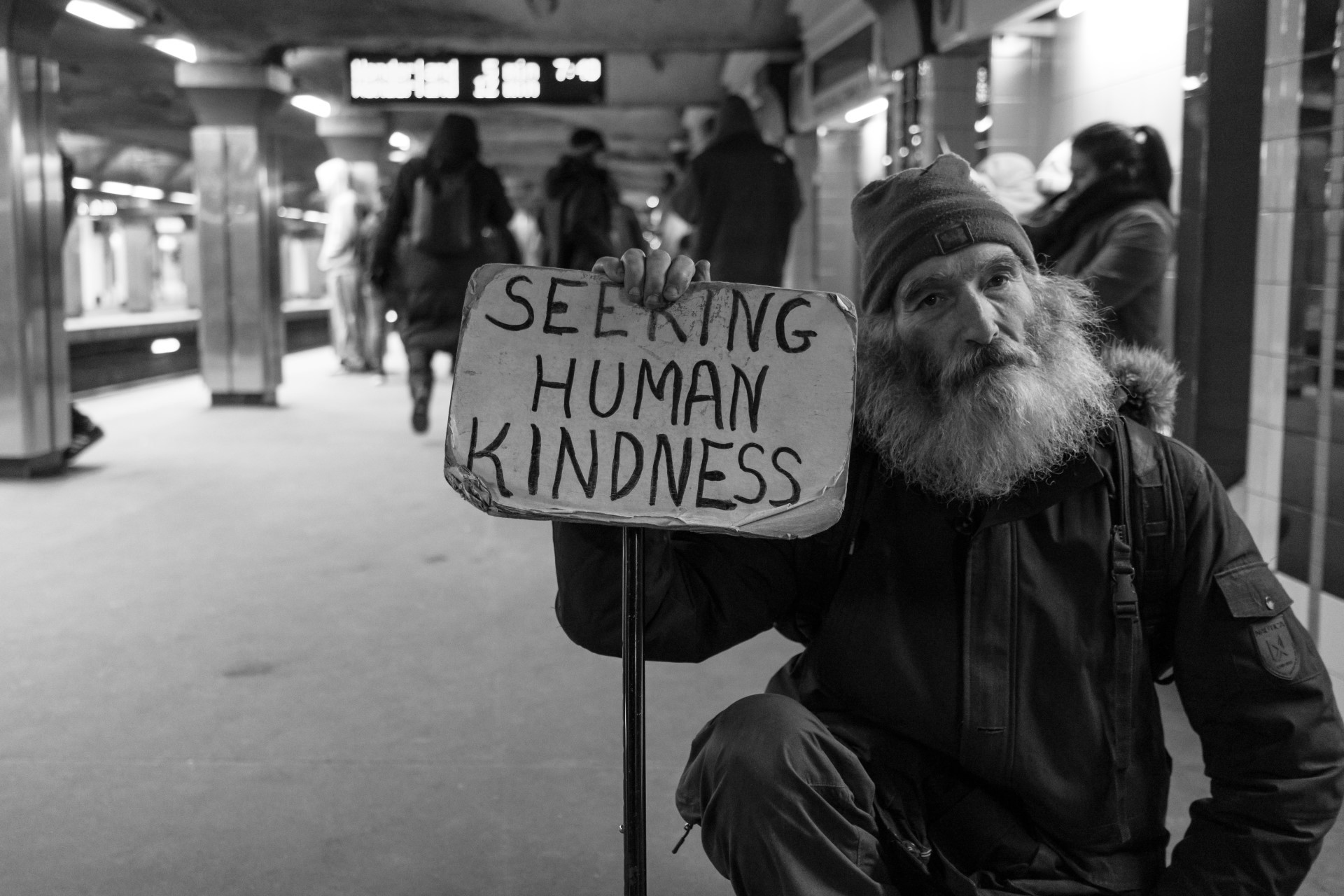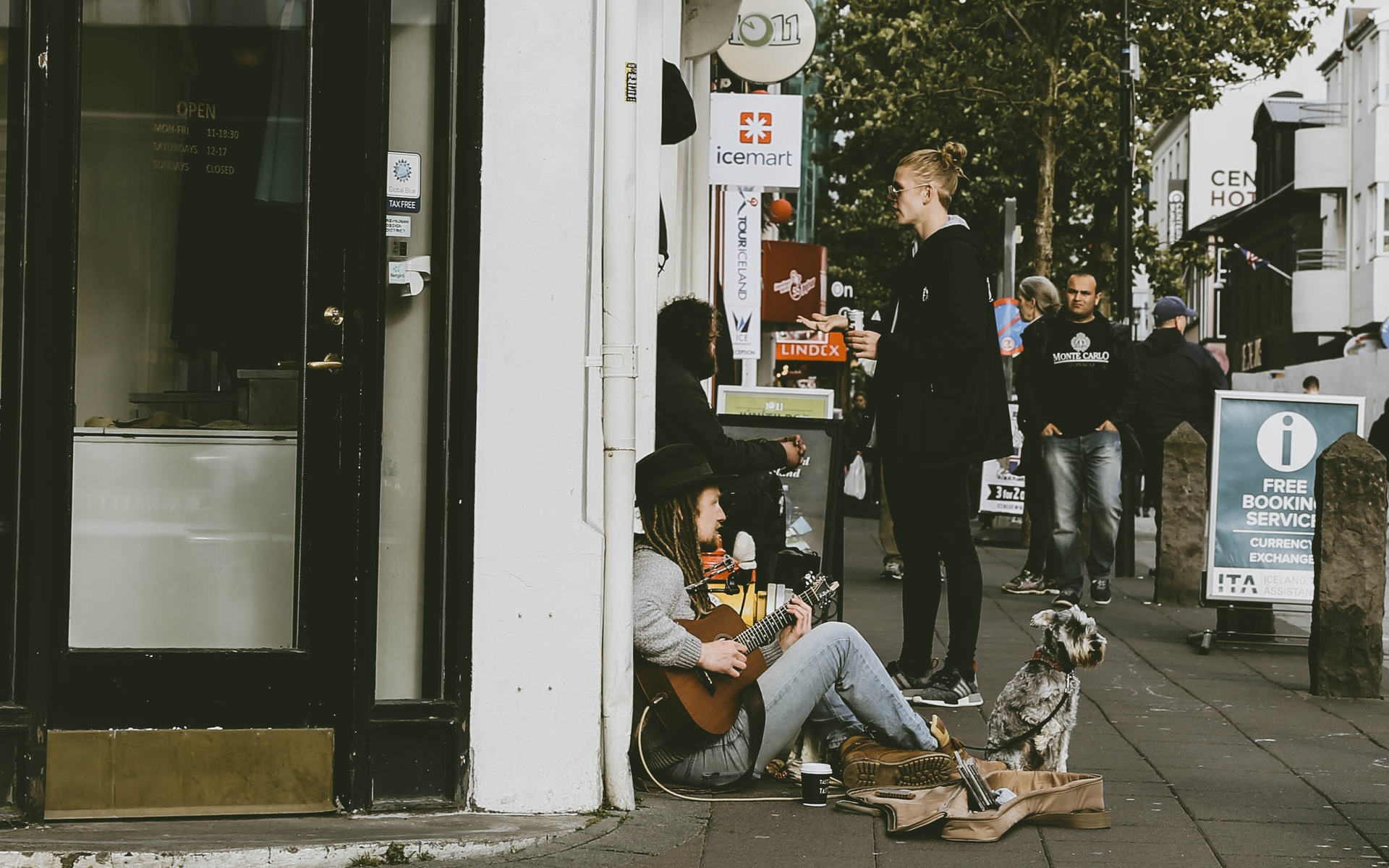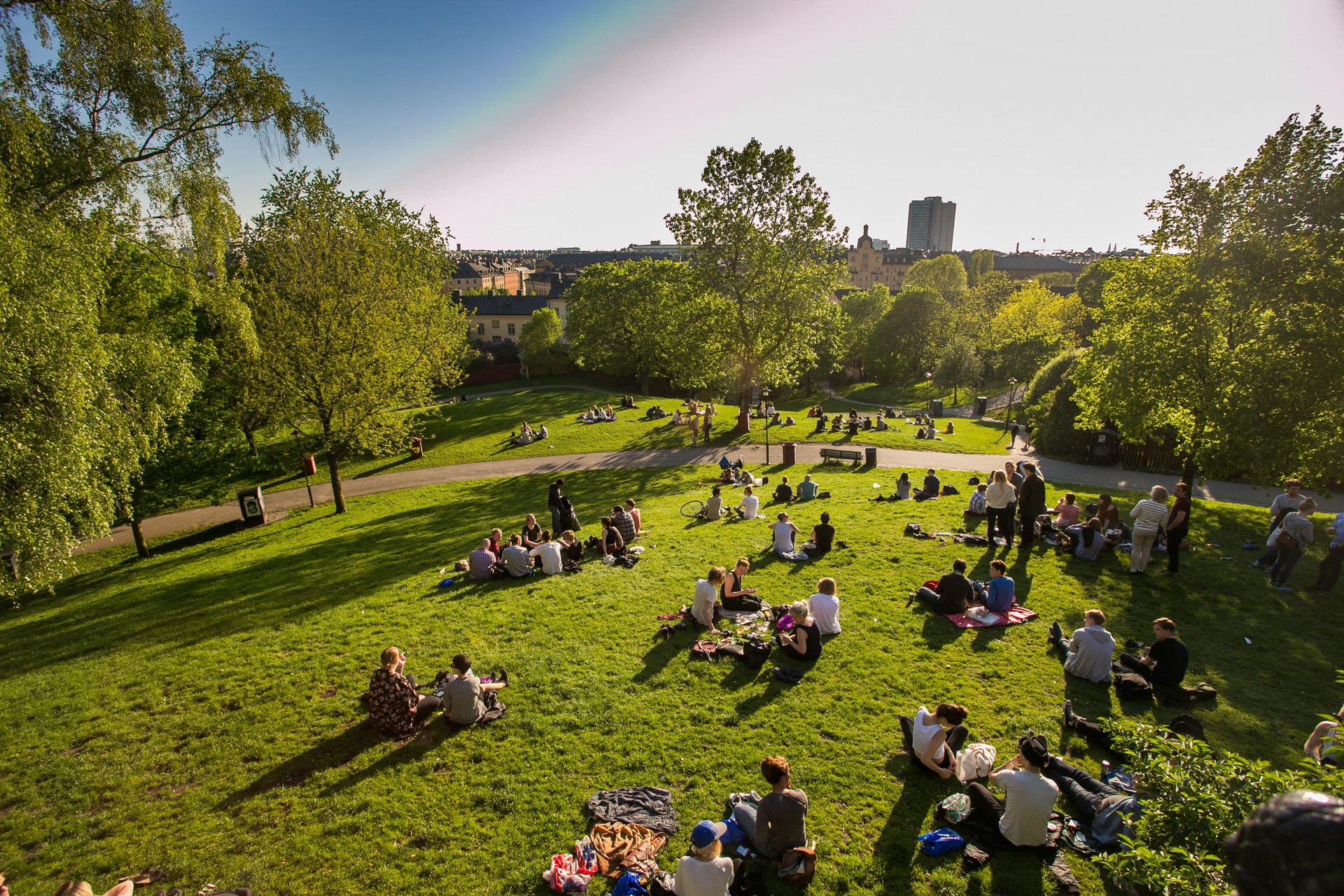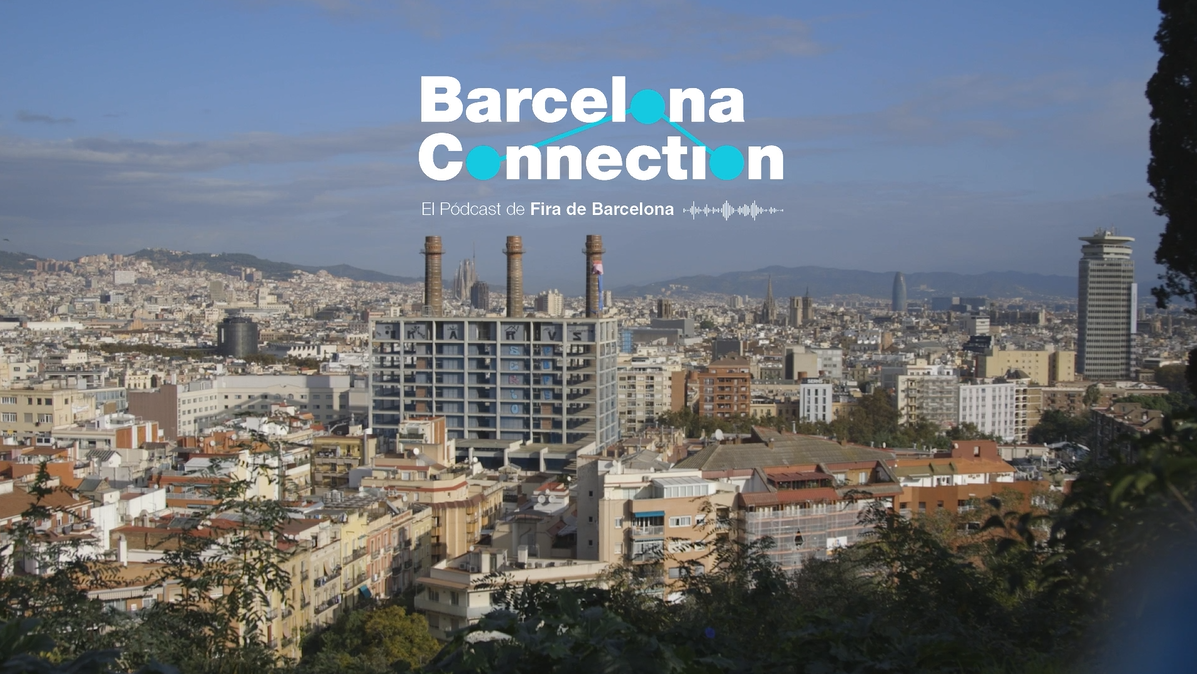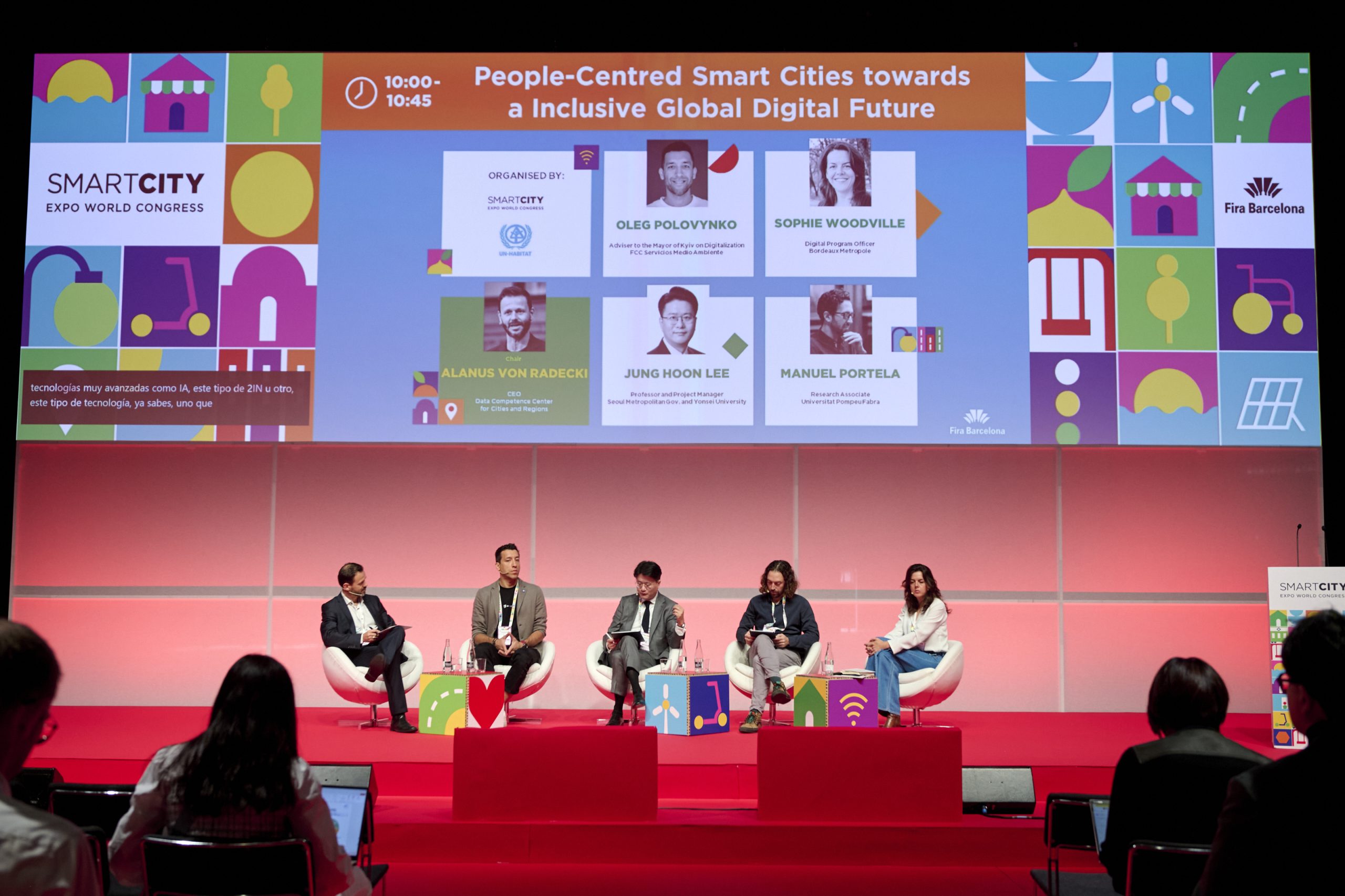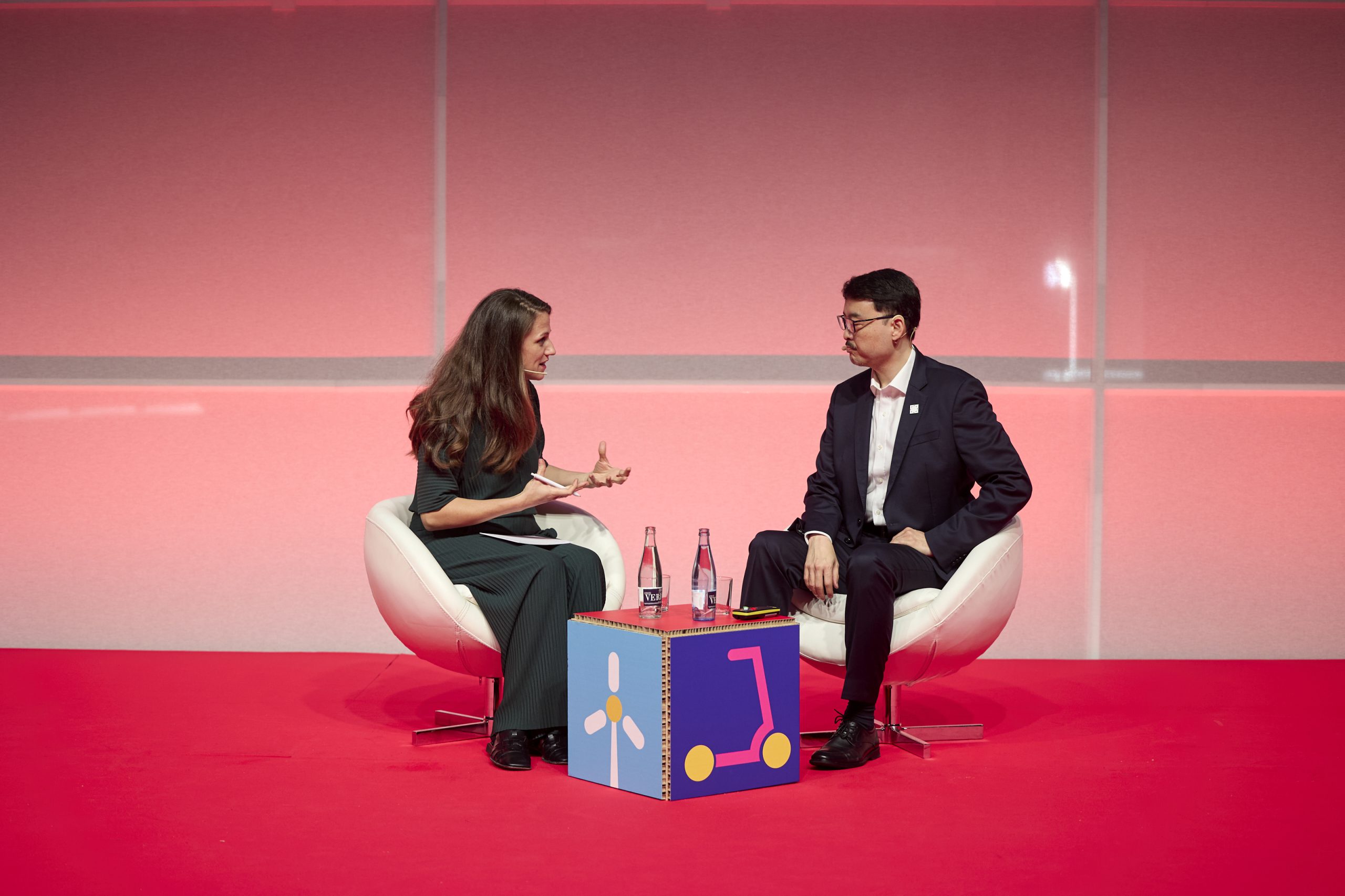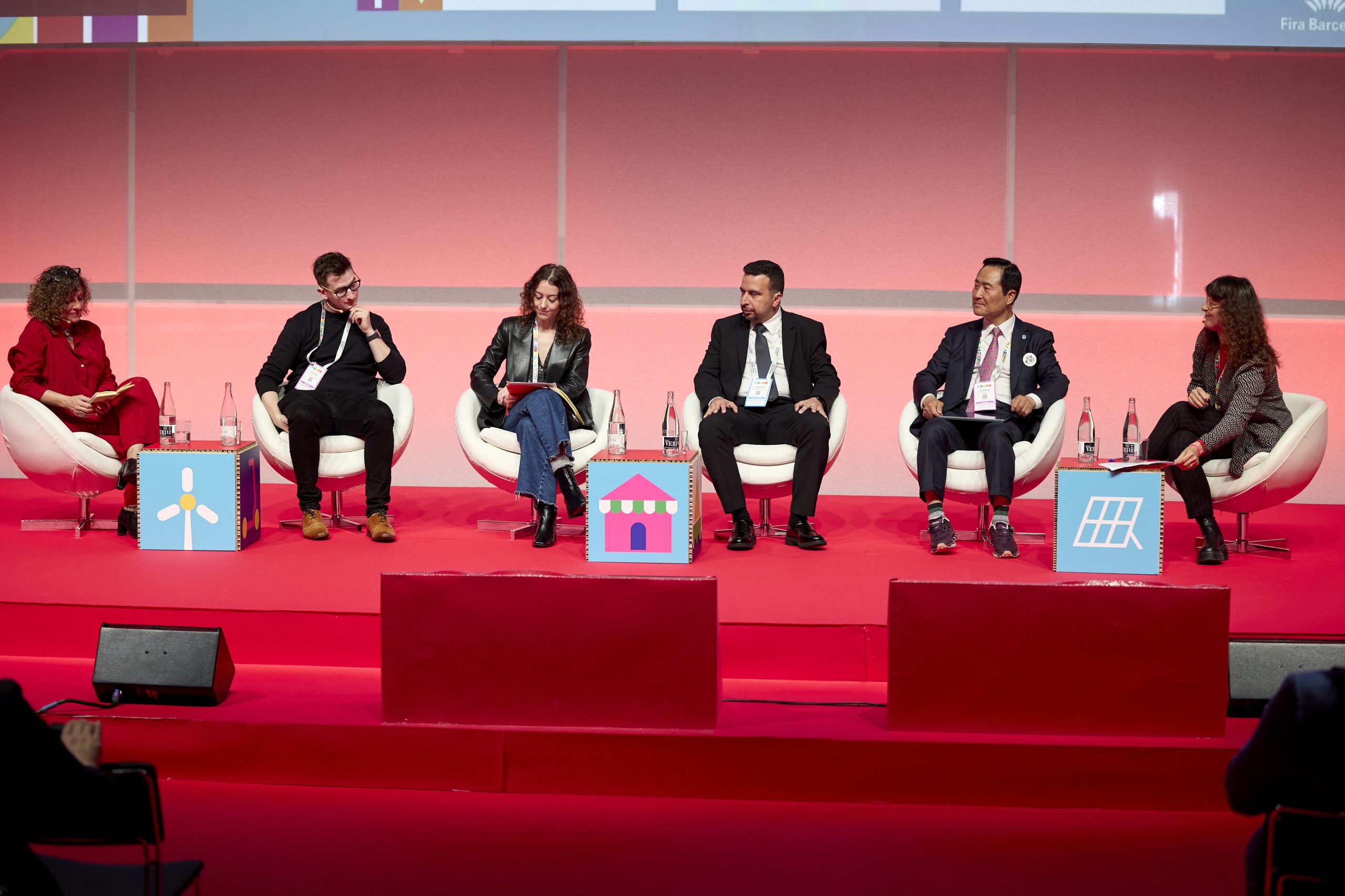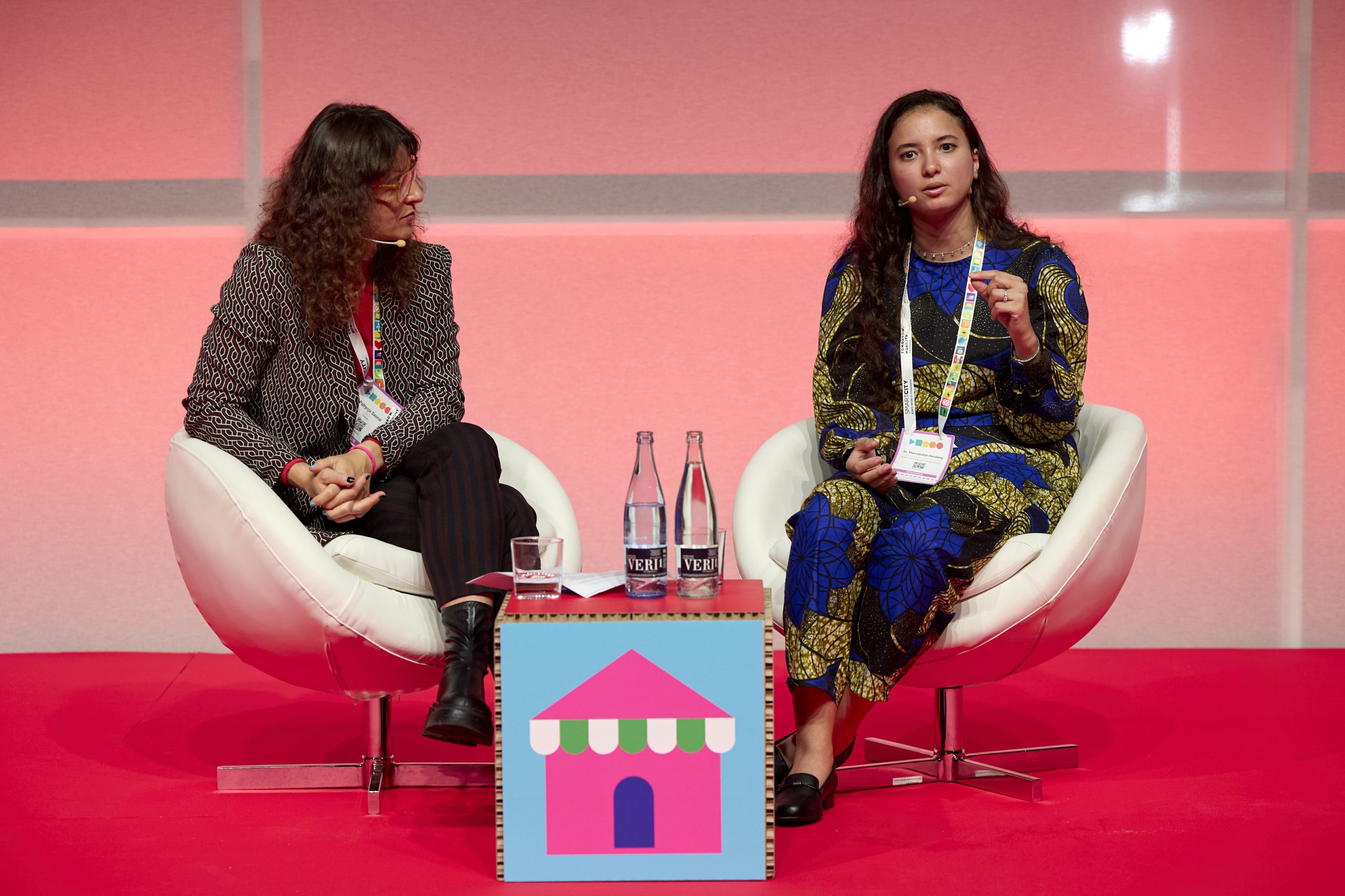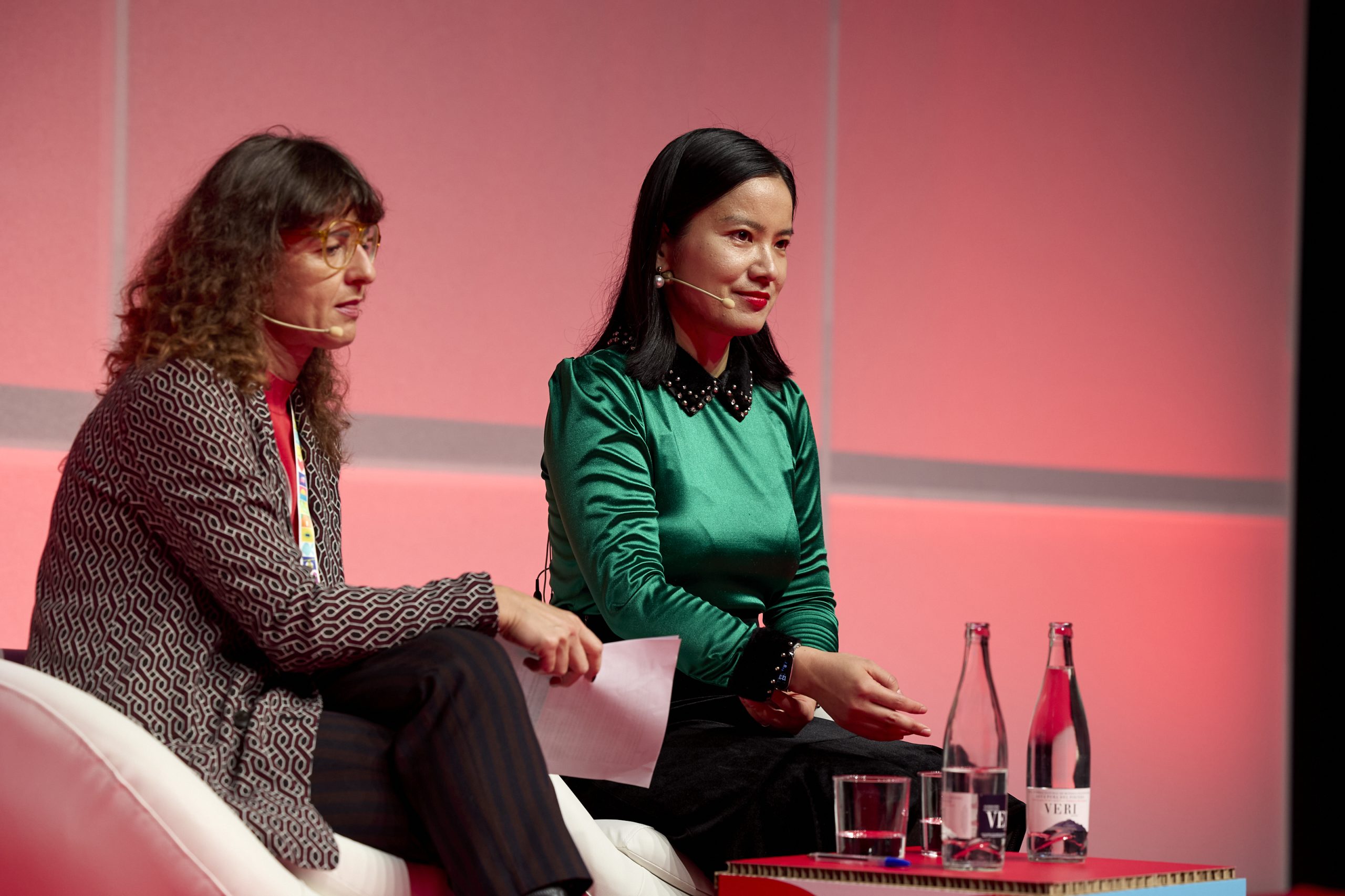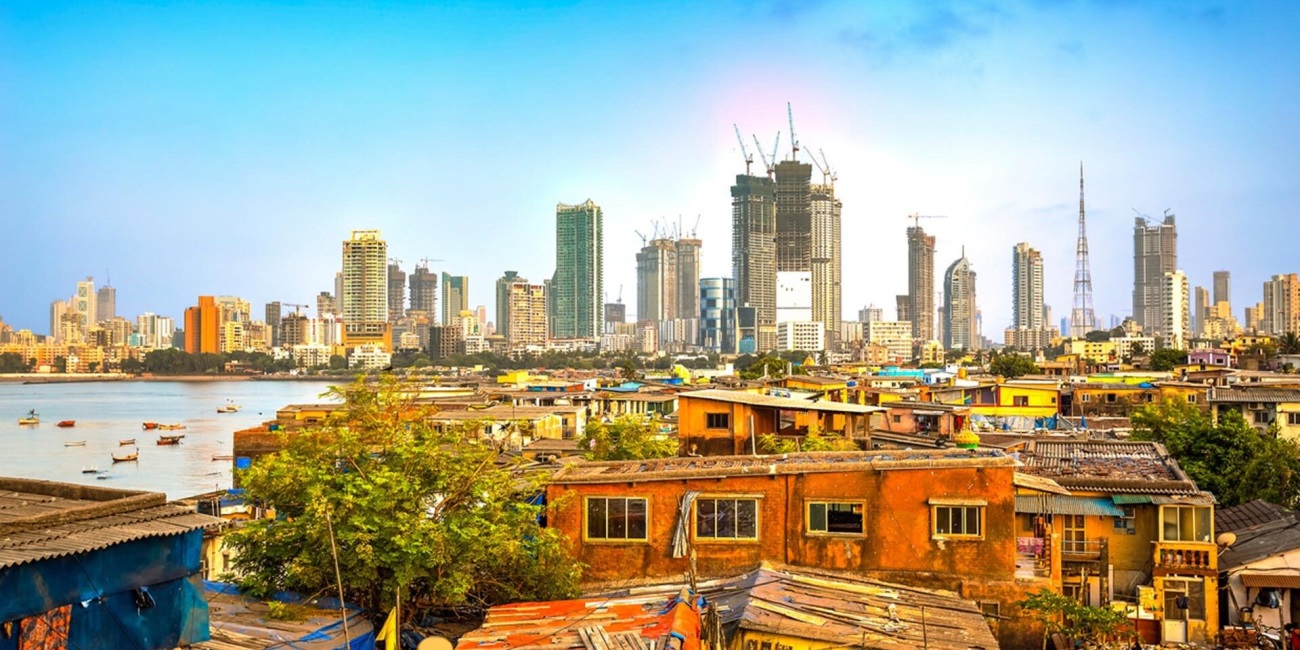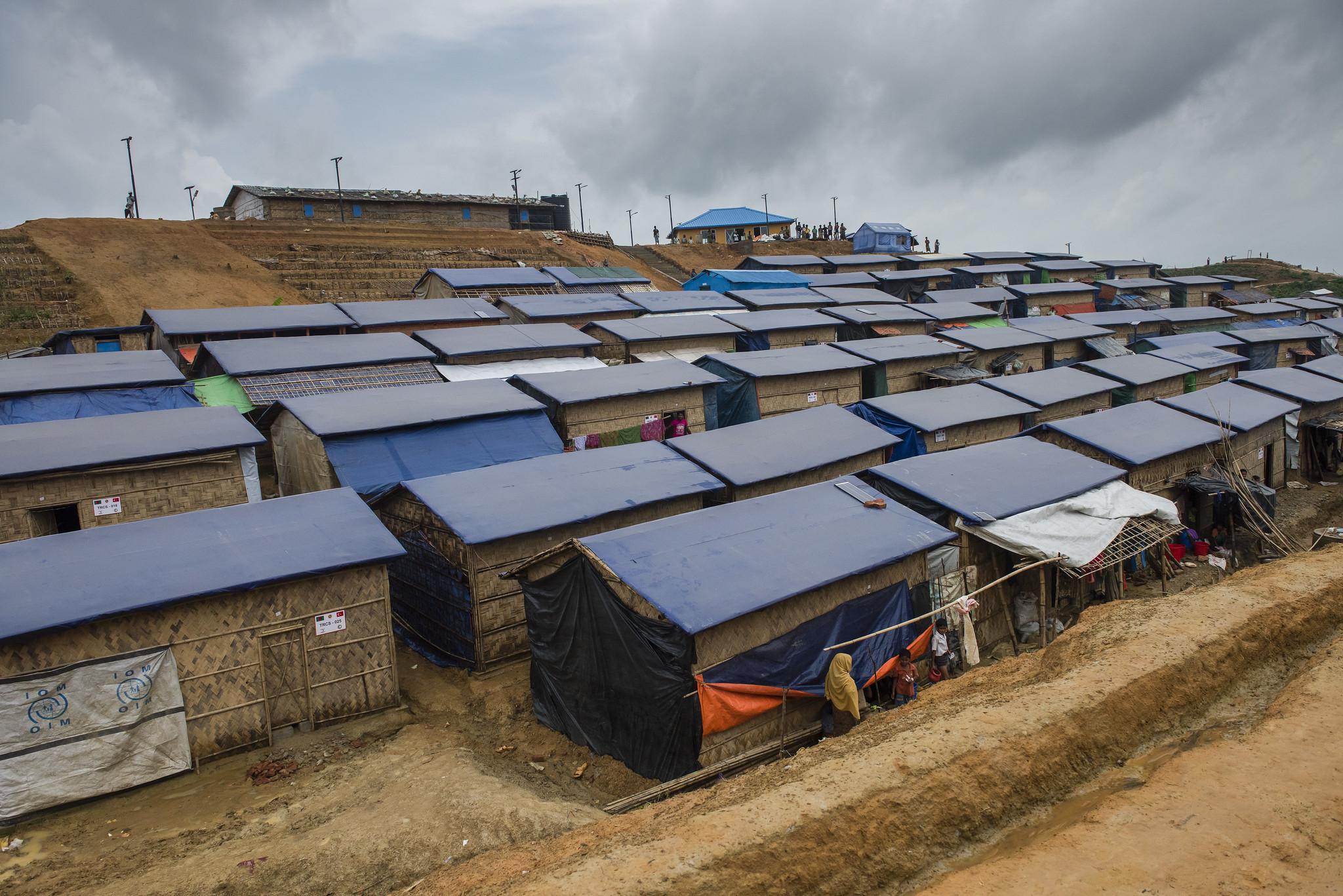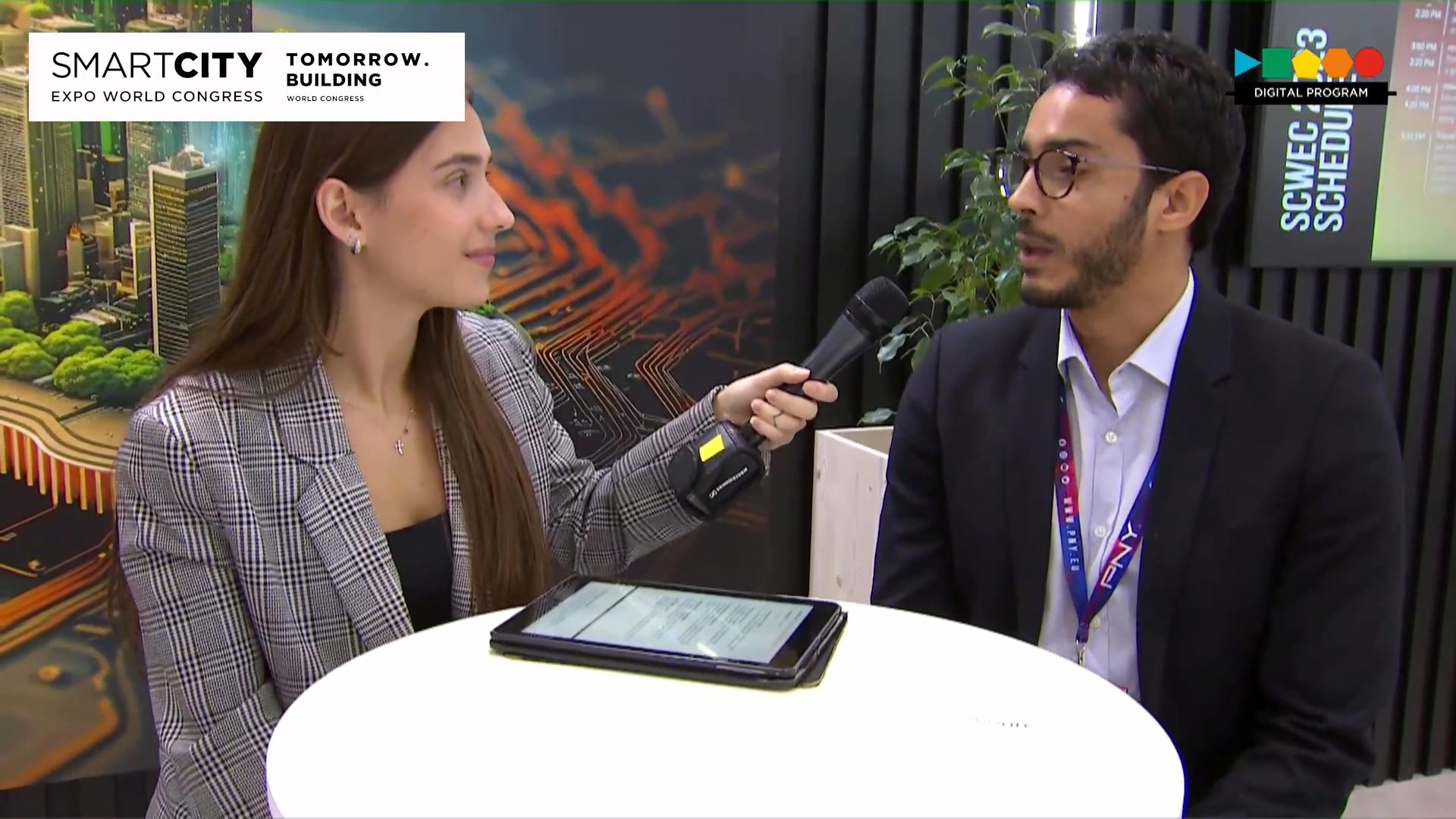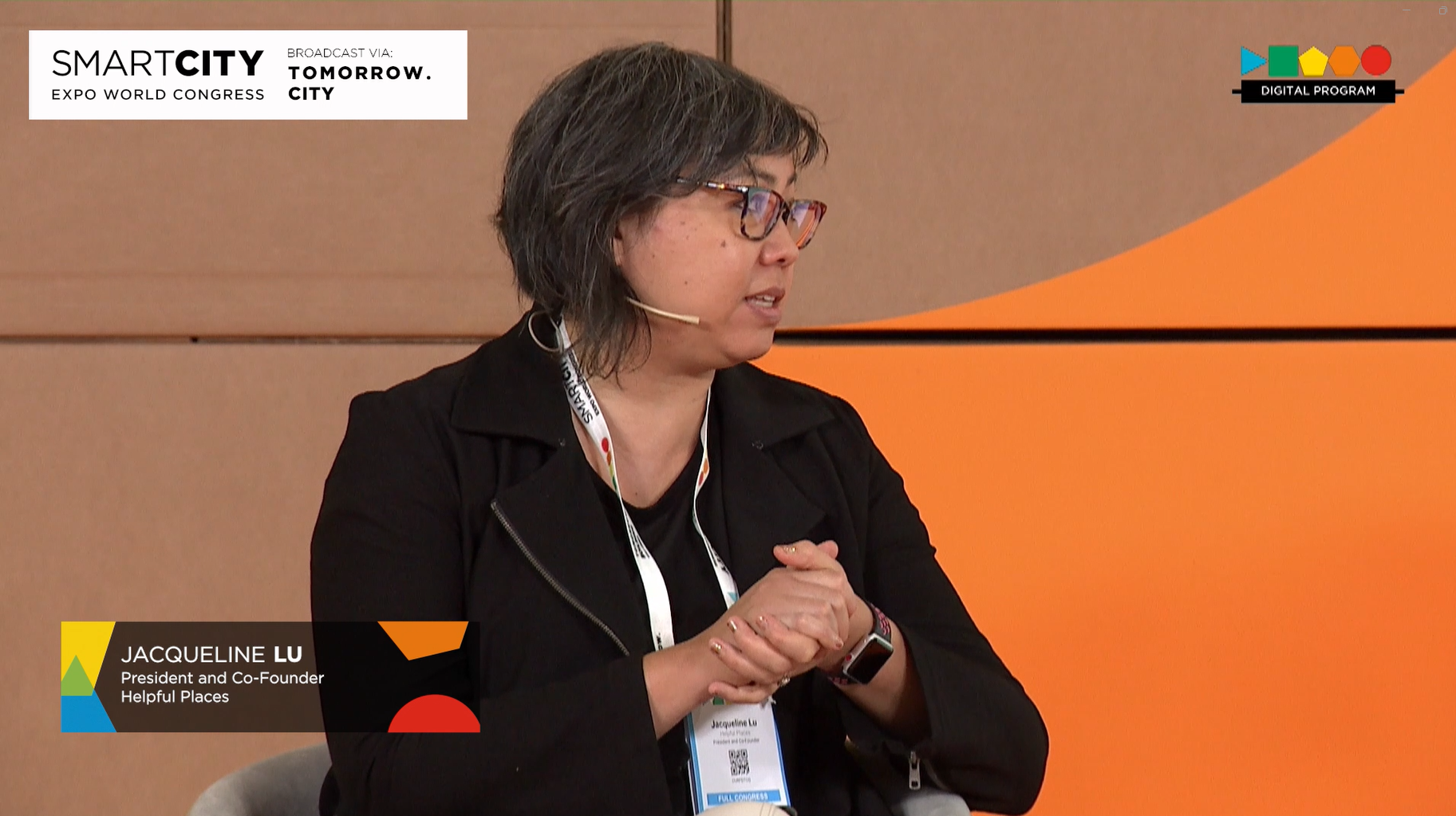Authors | Esther Fuldauer, Elvira Esparza
A new wave of manufacturing called the makers’ movement is coming on the scene. This technology enables manufacturing with skills that can easily be shared in a small community.
We often think of innovation as having to do exclusively with a tech workforce. It is often an issue that tech districts do not improve the economic situation of local people that haven’t had the privilege of a higher education. How can this trend be reversed by bringing opportunity to all layers of the community, not just to a privileged few? What are the tools available to encourage economic development and improve social cohesion?
A new wave of manufacturing called the makers’ movement is coming on the scene. This technology enables manufacturing with skills that can easily be shared in a small community, generating unexpected new business models and allowing craftsmen who had previously worked in an industry that died or is in transformation to flourish. Makers bring production back to the city where consumption occurs.
With the advent of tools such as 3D printing, hyperlocal manufacturing has become more than just the hobbyist’s dream, it has become a real manufacturing possibility, one that opens the doors to many startups that wouldn’t stand a chance in the prevailing market of cheap manufacturing, quick turnouts and cheap labor from countries such as China. McKinsey recently reported 3D printing is ready to emerge from its niche status and become a viable alternative to conventional manufacturing processes in an increasing number of applications.
Makerspaces might still be a very small thing, but its role in education must be underscored as it is a continuous source of knowledge about and empowerment to do things with the resources available. Bringing people together has great potential for public participation giving opportunities to kids and the unemployed, and upward mobility. Thus there are many benefits of providing public infrastructure, shared spaces, for Makerspaces.
What are makerspaces?

A makerspace is a collaborative environment where individuals come together to create, share resources, work on projects, and build networks. These spaces are equipped with a wide range of tools and technologies, including carpentry, electronics, programming, and 3D printing—providing the necessary resources to help people bring their ideas to life.
In addition to providing physical resources, makerspaces foster a culture of shared and open learning through collaboration and knowledge exchange among participants. These spaces serve as hubs for entrepreneurial communities, fostering the development of ideas and projects.
Key features of makerspaces
The key elements that define a makerspace are:
- Open access: These are typically collaborative spaces that welcome everyone.
- Practical learning: They promote hands-on learning and encourage the use of tools to gain practical experience.
- Collaboration: They cultivate a sense of community and encourage the sharing of knowledge.
- Problem resolution: They develop problem-solving skills with innovative solutions.
What are the benefits of makerspaces?
Learning in a makerspace nurtures creativity by inspiring individuals to innovate and experiment with materials. They contribute to the development of both manual and technical skills, which are difficult to cultivate without the supportive environment provided by these collaborative spaces.
From an emotional perspective, learning in these spaces develops critical thinking, which enhances problem-solving skills. Individuals learn to analyze projects from the outset and address challenges that arise throughout their development.
Likewise, they encourage collaboration, where people learn from each other and build a sense of community. This not only facilitates the sharing of projects and knowledge but also provides opportunities to work with diverse individuals, fostering network creation, social cohesion, and local economic development.
What are the current trends of makerspaces?
The makerspace movement emerged in the late 1990s as an evolution of the maker movement that promotes DIY culture. With the launch of Make magazine by Dale Dougherty in 2005, the term “makerspace” was coined, rooted in the concept of collaborative spaces designed for digital manufacturing. Subsequently, the rise of 3D printing and digital tools accelerated the creation of makerspaces in libraries, schools, and community centers.
The current trends of makerspaces are:
- Integration in education. Both schools and universities have established these spaces within their facilities to promote hands-on learning for students in a collaborative environment.
- Promoting artisan activities. Makerspaces combine traditional craftsmanship techniques with modern technology to optimize creation processes.
- Focus on sustainability. They encourage the use of recycled materials, reflecting a strong focus on sustainability in product manufacturing and design.
- Development of STEM skills (Science, Technology, Engineering, and Mathematics) to equip participants with essential skills for today’s society, fostering creativity and collaboration in the process.
Examples of makerspace in the world
Artisans Asylum (Sommerville). One of the largest makerspaces in the United States, it was established in 2010. It provides a diverse array of tools and workshops for both artists and engineers, fostering creativity and innovation.
Noisebrige (San Francisco). This is an open, collaborative space that offers resources and opportunities for individuals interested in programming, hardware, arts and crafts, science, robotics, and the fusion of art and technology.
Xinchejian (Shanghai). Founded in 2010, this is China’s first makerspace, where individuals can explore and experiment with technology, collaborate in teams, and participate in international competitions.
Fab Lab (Barcelona). Established in 2007, this was the first Fab Lab founded in the European Union. It is a leader in a powerful network of over 1,800 Fab Labs across more than 100 countries, with a strong focus on digital manufacturing.
Images | Pete Prodoehl (1), Pete Prodoehl (2), CC BY-NC-SA 2.0








